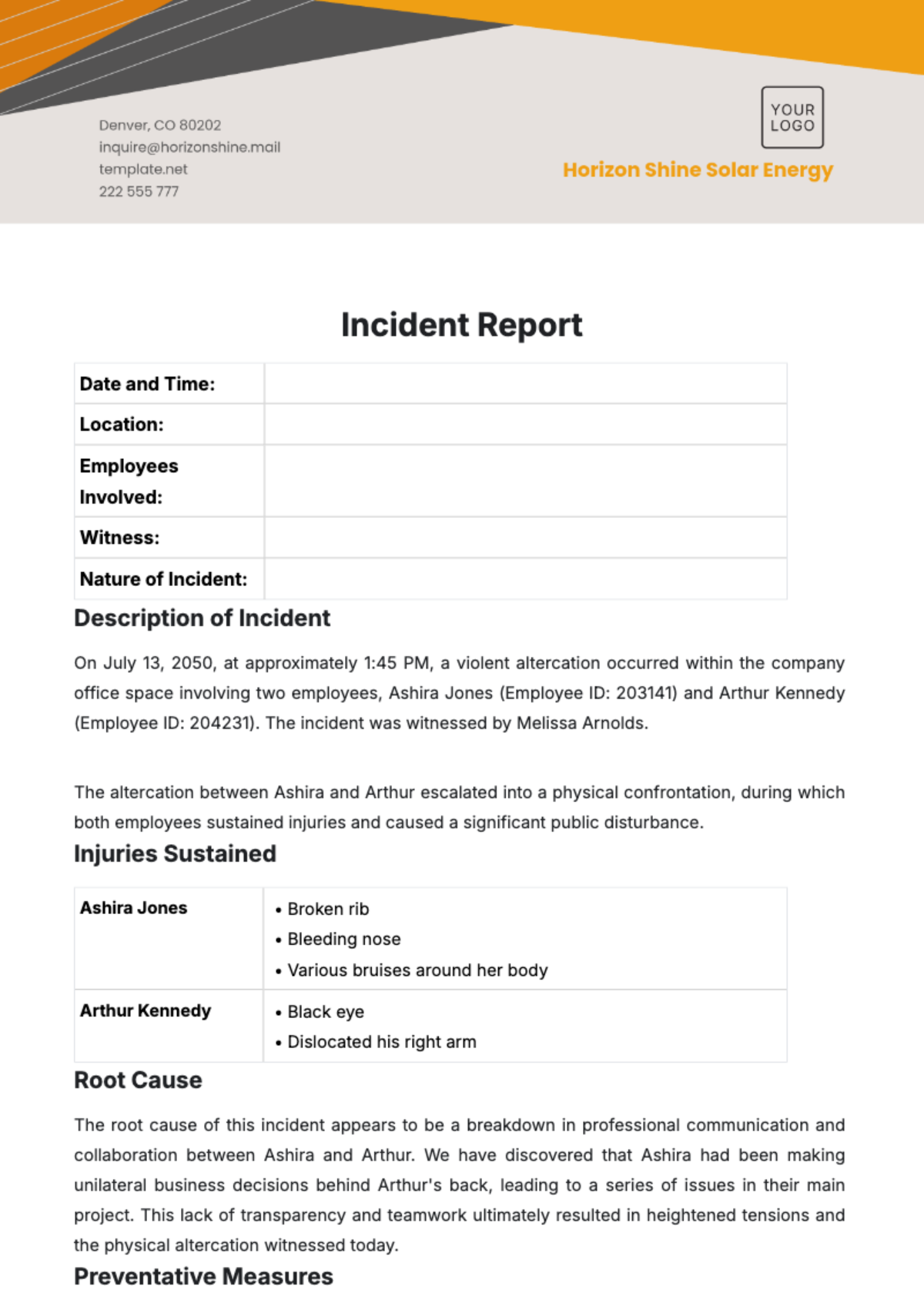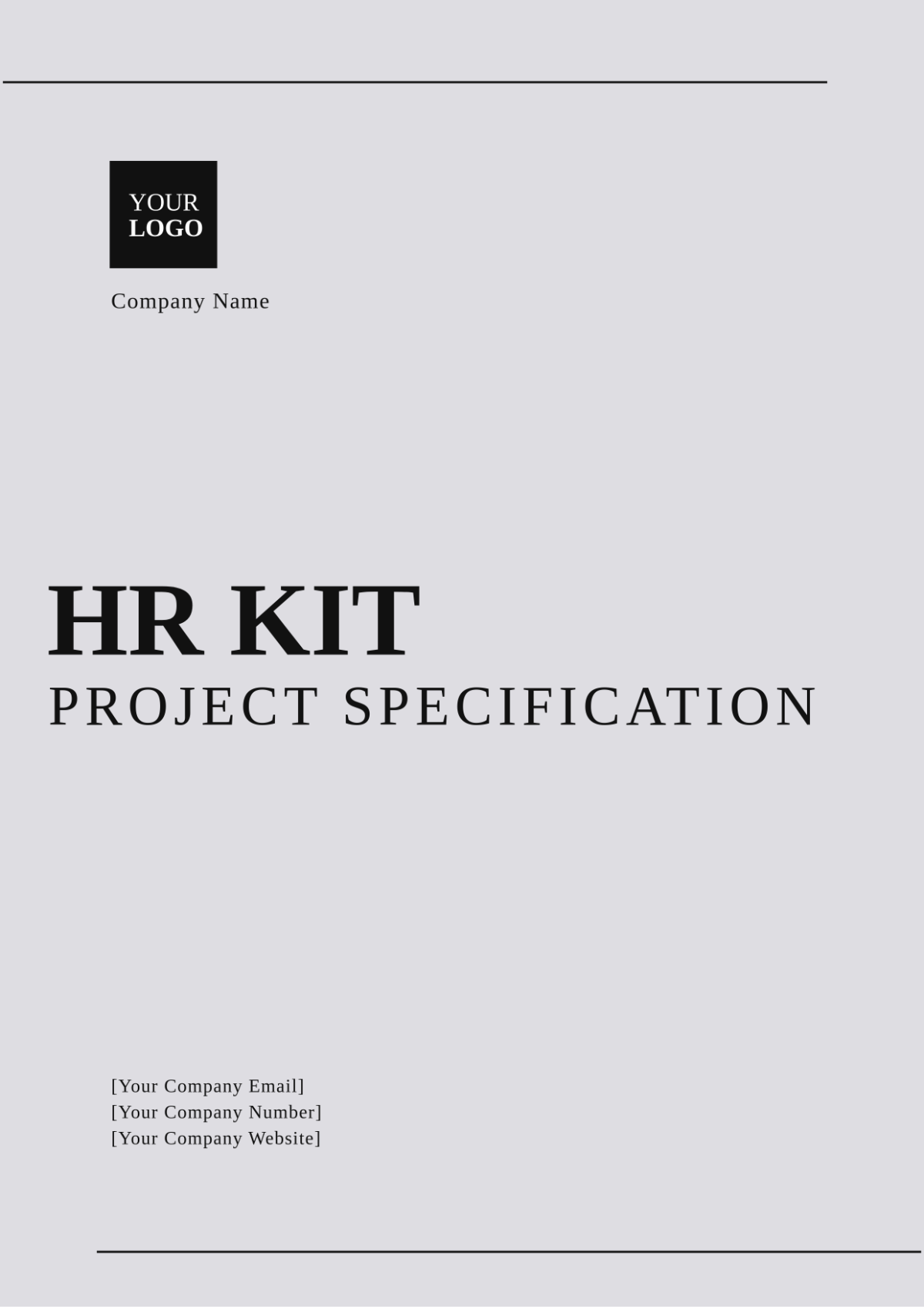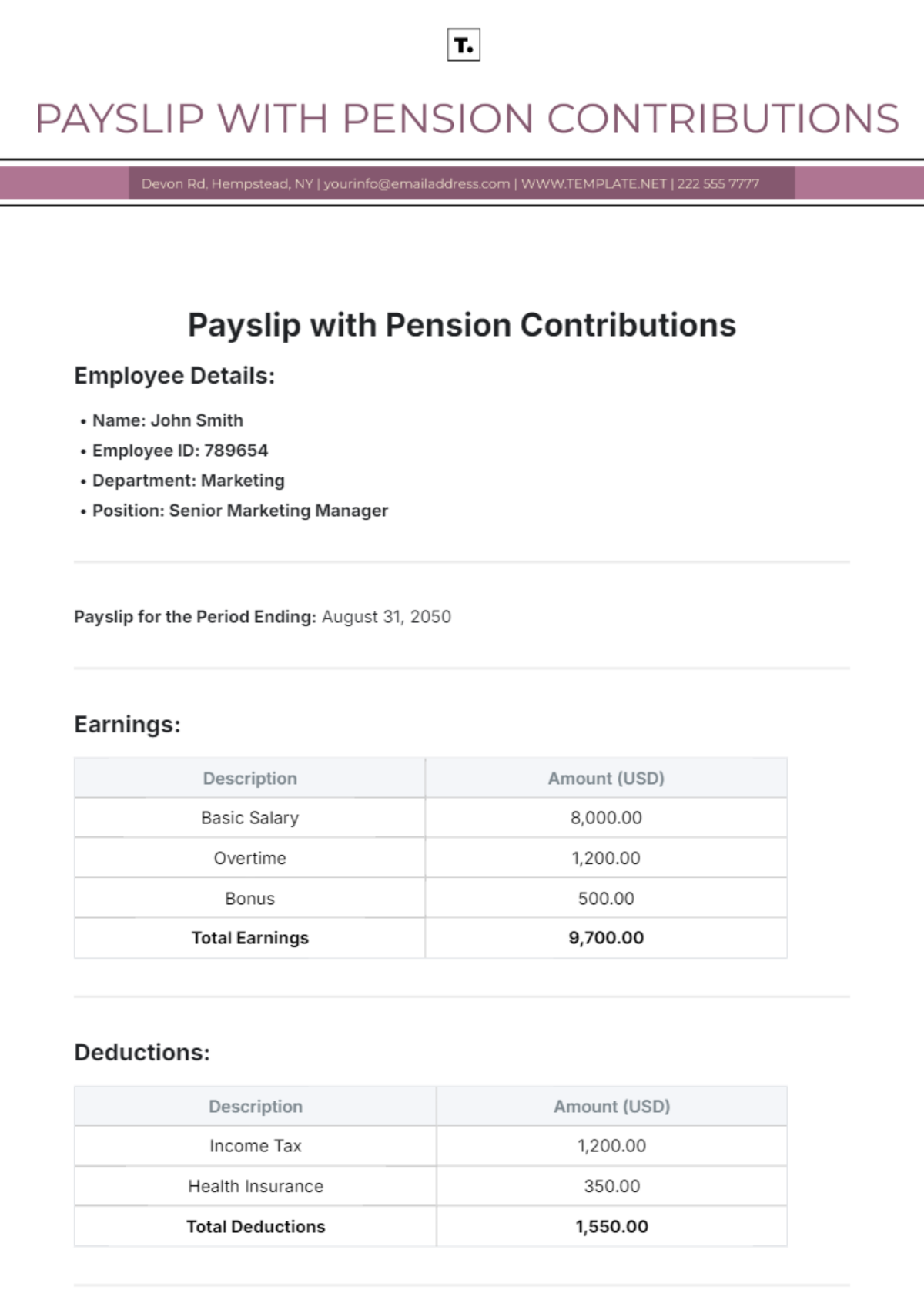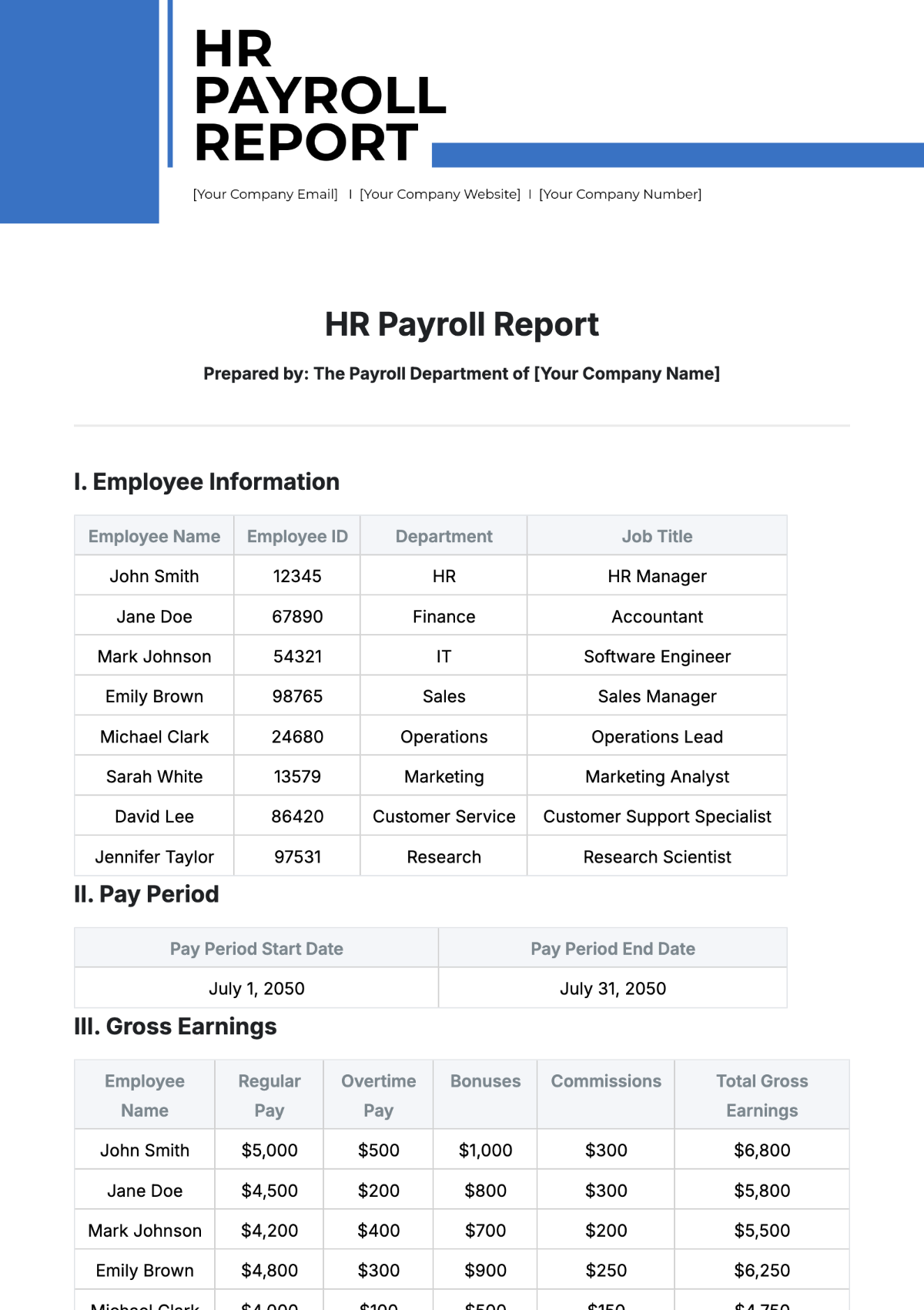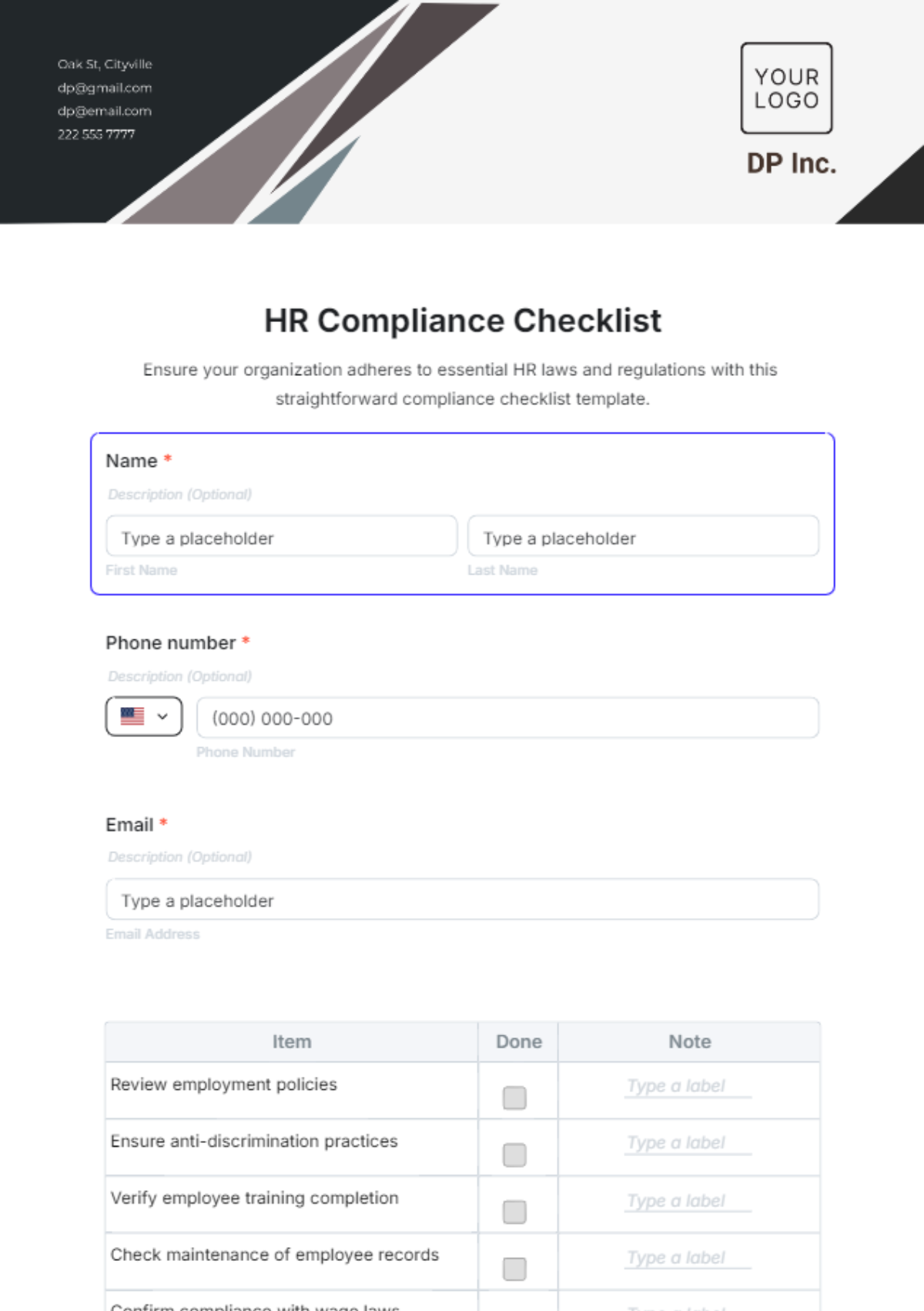Collaboration with Universities
for Training Guide
TABLE OF CONTENTS
Message from the University Head:..................................................................... 3
Message from the Company CEO......................................................................... 4
Introduction........................................................................................................... 5
Purpose................................................................................................................. 5
Guidelines: Identifying Collaborative Opportunities........................................... 5
Needs Assessment:............................................................................................... 5
Defining Objectives:............................................................................................... 6
Establishing Collaborative Agreements:................................................................. 6
Collaboration Execution:........................................................................................ 6
Sustainability and Review:..................................................................................... 7
Long-Term Planning:............................................................................................. 7
Conclusion............................................................................................................ 8
Disclosure Clause:................................................................................................ 9
Acknowledgment and Agreement:....................................................................... 9
Message from the University Head:
Dear Esteemed Collaborators,
I am delighted to extend a warm welcome to all of you on behalf of the University of Tianguis. It is with great enthusiasm that I address you today as we embark on a journey of collaboration and knowledge exchange with [Company Name].
At the University of Tianguis, we have always strived to be at the forefront of education, research, and innovation. Our institution's legacy is built upon a commitment to fostering partnerships that advance not only our academic mission but also the broader goals of our partners in the corporate world.
Collaborations between universities and industry are the crucible in which groundbreaking ideas are forged, and transformative innovations take root. These partnerships have the power to shape industries, enrich communities, and drive societal progress. Through our collaboration with [Company Name], we aim to harness this power to its fullest potential.
Our university prides itself on being a hub of knowledge creation and dissemination, where faculty and students alike are dedicated to pushing the boundaries of their fields. By joining forces with [Company Name], we bring together the academic rigor and research excellence of our institution with the practical expertise and vision of your organization.
As we embark on this collaborative journey, I encourage you to approach it with open minds and boundless curiosity. Let us explore uncharted territories, challenge existing paradigms, and together, uncover solutions that have the potential to reshape industries and improve lives.
I have every confidence that our collaboration will be marked by innovation, mutual learning, and shared success. Together, we will not only address the challenges of today but also lay the groundwork for a brighter and more sustainable future.
Thank you for choosing the University of Tianguis as your partner in this exciting endeavor. I look forward to witnessing the remarkable achievements and breakthroughs that will undoubtedly emerge from our collective efforts.
Warm regards,
Ronald Harris
University President
University of Tianguis
Message from the Company CEO
Dear Esteemed Partners,
It is with a sense of pride and anticipation that I extend my warmest greetings to our distinguished collaborators. On behalf of [Company Name], I am honored to welcome you to the beginning of what promises to be an exciting and mutually beneficial journey.
At [Company Name], innovation, growth, and excellence are at the core of everything we do. We have a rich history of pushing the boundaries of what is possible and creating a positive impact in our industry and beyond. Today, we embark on a new chapter, one that centers around collaboration with the University of Tianguis, an institution renowned for its commitment to knowledge and academic excellence.
Our collaboration with the University of Tianguis signifies our dedication to pioneering research, training, and knowledge exchange. It represents our belief in the potential of partnership to drive innovation and address the complex challenges of our time.
As we set out on this collaborative journey, I encourage all of us to approach it with a spirit of curiosity and a commitment to excellence. Let us be open to new perspectives, challenge conventional wisdom, and work collectively to create a future that is not just successful but transformative.
I have great confidence that our partnership will yield remarkable results—innovations that will shape industries, educational programs that will empower future leaders and a shared commitment to making a positive difference in the world.
I extend my deepest gratitude to the University of Tianguis for embarking on this journey with us. Your institution's dedication to knowledge and progress aligns seamlessly with our values, and I am excited about the possibilities that lie ahead.
Thank you for entrusting [Company Name] as your partner in this endeavor. Together, we will create a legacy of innovation, learning, and shared success that will leave a lasting impact.
Warm regards,
Ray Jones
CEO
[Company Name]
Introduction
Welcome to the Collaboration with Universities for Training Guide, an essential document that outlines the processes and best practices for establishing and maintaining successful collaborations with universities to enhance our training programs.
Partnering with academic institutions can provide valuable resources, expertise, and talent for our workforce development initiatives. This guide is designed to ensure consistency and effectiveness in our university collaborations.
Purpose
The purpose of this guide is to:
Define the steps and considerations for initiating collaborations with universities.
Provide a framework for establishing clear expectations and objectives for these collaborations.
Outline the responsibilities and roles of all parties involved.
Ensure the successful execution and sustainability of university collaborations in support of our training programs.
Guidelines: Identifying Collaborative Opportunities
Collaboration with universities is a dynamic and multifaceted endeavor that can greatly enhance our training programs. To fully harness the potential of such collaborations, it is essential to establish a comprehensive framework that not only identifies opportunities but also addresses the complexities and nuances involved. The following guidelines provide an in-depth roadmap for identifying, establishing, and sustaining successful collaborative ventures with universities:
Needs Assessment:
A thorough needs assessment serves as the foundation for productive collaboration. Consider the following steps:
Holistic Assessment: Conduct a comprehensive needs assessment that encompasses all facets of our training programs. Identify specific areas where collaboration with universities can augment our capabilities.
Resource Alignment: Evaluate whether the resources and expertise available within the university align with our identified training needs. Determine if there is a symbiotic relationship that can be cultivated.
Defining Objectives:
Clarity in objectives is paramount. Ensure alignment with organizational goals and establish mechanisms for measurement:
Objective Clarity: Define the objectives of the collaboration clearly. This should encompass both short-term and long-term outcomes that contribute to our strategic vision.
Benchmarking: Establish measurable benchmarks and key performance indicators (KPIs) that will enable us to track progress and evaluate the success of collaborative initiatives.
Establishing Collaborative Agreements:
The formalization of collaboration requires meticulous attention to detail and legal considerations:
Memorandum of Understanding (MoU): Draft an MoU that outlines the terms and conditions of the collaboration. Specify the roles, responsibilities, and contributions of both parties, including resources, funding commitments, and timelines.
Legal and Compliance: Ensure that the MoU is compliant with all relevant legal and regulatory requirements. Consult with legal counsel to review and finalize the agreement, providing legal clarity and protection.
Risk Mitigation: Develop a risk mitigation plan that anticipates potential challenges and outlines proactive strategies to address them. Clearly define dispute resolution mechanisms within the MoU to prevent and manage conflicts.
Collaboration Execution:
Effective execution demands efficient resource allocation, clear communication, and robust monitoring:
Resource Allocation: Allocate the necessary resources, including personnel, funding, and facilities, to support collaborative initiatives effectively. Establish a transparent budget and funding mechanism to sustain these initiatives.
Communication: Maintain open and regular communication with university partners. Establish communication channels, regular meetings, and reporting mechanisms to ensure alignment with objectives and prompt issue resolution.
Monitoring and Evaluation: Implement a robust monitoring and evaluation framework to assess the progress and impact of collaborative initiatives. Regularly review KPIs and be prepared to adapt strategies as circumstances evolve.
Sustainability and Review:
Collaboration should not be a short-term endeavor but a sustainable partnership that continually adds value:
Sustainability Plan: Develop a sustainability plan that outlines strategies for continuing successful collaborations beyond the initial agreement. Consider long-term funding models, knowledge transfer mechanisms, and capacity-building initiatives.
Periodic Review: Conduct periodic reviews of the collaboration's effectiveness. Evaluate objectives achieved, challenges encountered, and opportunities for improvement. Use feedback from these reviews to refine collaborative strategies and maintain alignment with organizational goals.
Documentation: Maintain thorough documentation of all collaborative activities, agreements, and outcomes. This documentation serves as a valuable reference and reporting tool, enabling transparency and accountability.
Incorporating these guidelines into our collaborative endeavors with universities will not only help identify valuable opportunities but also establish a structured and adaptable approach to realizing the full potential of such partnerships. It reflects our commitment to innovation, knowledge exchange, and continuous improvement in our training programs.
Long-Term Planning:
Long-term planning is crucial to the success and sustainability of our collaborative ventures with universities. By adopting a forward-thinking approach, we can maximize the benefits of these partnerships and ensure their continued growth and impact. Here are key elements of our long-term planning strategy:
Strategic Alignment: Continually assess the alignment of collaborative initiatives with our organization's long-term strategic goals. Ensure that partnerships with universities support our evolving vision and priorities.
Resource Expansion: As collaborations evolve, consider expanding resources allocated to these initiatives. This may involve dedicating additional personnel, increasing funding, or expanding the scope of collaborative projects to encompass new areas of mutual interest.
Diversification of Collaborations: Explore opportunities to diversify collaborations with universities. This could include establishing partnerships with multiple academic institutions, exploring different fields of study, or engaging in multidisciplinary projects to expand the breadth of knowledge exchange.
Research and Development: Invest in research and development efforts that stem from collaborative projects. Leverage the expertise of university partners to drive innovation within our organization. Explore the potential for joint research initiatives that contribute to industry advancements.
Capacity Building: Prioritize capacity building within our workforce and university partners. Consider mentorship programs, knowledge transfer mechanisms, and training opportunities that facilitate the exchange of skills and expertise, ensuring the sustainability of collaborative efforts.
Long-Term Funding: Develop sustainable funding models that extend beyond short-term agreements. Explore endowment funds, grants, and other financial mechanisms to secure long-term financial support for collaborative projects.
Monitoring and Assessment: Implement an ongoing assessment framework that evaluates the long-term impact of collaborative initiatives. Regularly review and adjust KPIs to ensure they remain relevant to our evolving objectives.
Knowledge Repository: Establish a centralized knowledge repository to archive research findings, project outcomes, and other valuable contributions from collaborative efforts. This repository should be accessible to both our organization and university partners, fostering a culture of shared knowledge.
Community Engagement: Extend collaborative efforts to engage with the broader community. Consider outreach programs, knowledge dissemination events, and educational initiatives that benefit not only our organization but also society at large.
Conclusion
In embracing the comprehensive guidelines for identifying, establishing, and sustaining collaborations with universities, [Company Name] is embarking on a journey of knowledge exchange, innovation, and long-term growth. These guidelines, combined with our forward-thinking long-term planning strategy, lay the foundation for productive partnerships that will shape the future of our organization.
As we navigate this path, it is imperative to remember that the benefits of collaboration extend far beyond the immediate gains. By aligning our objectives with the expertise of academic institutions, we foster a culture of lifelong learning, adaptability, and continuous improvement within our organization.
Our commitment to compliance, ethical practices, and legal diligence is reflected in the disclosure clause, which ensures that our collaborative endeavors are conducted with transparency, integrity, and respect for all relevant laws and regulations.
The journey ahead will be marked by challenges, opportunities, and dynamic growth. With our eyes on the long-term horizon, we are well-equipped to not only achieve short-term successes but also to build enduring partnerships that drive innovation, knowledge preservation, and the sustained success of [Company Name] in an ever-evolving landscape. As we embark on this collaborative adventure, we do so with the confidence that our efforts will contribute to a brighter, more prosperous future for our organization and the communities we serve.
Disclosure Clause:
These guidelines and the associated long-term planning strategy are provided exclusively for the internal use of [Company Name] and its authorized personnel. Any unauthorized dissemination, reproduction, or use of these documents beyond the scope of our collaborative initiatives with universities is strictly prohibited.
These guidelines serve as internal documentation and should not be construed as legal advice or as an exhaustive guide to all relevant laws, regulations, and compliance requirements. It is essential to consult legal counsel and compliance experts to ensure full compliance with applicable laws and regulations that may govern collaborative activities.
These guidelines, along with the long-term planning strategy, are subject to updates and revisions as collaborative initiatives evolve and as new information becomes available. Users are encouraged to consult the most recent versions of these documents for the latest guidance on collaborative activities with universities within our organization.
By engaging in collaborative ventures with universities and adhering to the principles outlined in these guidelines, we affirm our commitment to innovation, knowledge exchange, and the long-term growth and success of our organization.
Acknowledgment and Agreement:
I, [Your Name], hereby acknowledge that I have read, understood, and agree to comply with the guidelines and strategies outlined in the document titled "Guidelines: Identifying Collaborative Opportunities" and its associated "Long-Term Planning" and "Disclosure Clause" sections, provided by [Company Name]. I recognize the importance of these guidelines and the long-term planning strategy in facilitating successful collaborations with universities and their role in advancing our organization's goals.
By signing below, I affirm the following:
I understand the guidelines and long-term planning strategies outlined in this document and their significance in shaping our collaborative initiatives.
I commit to adhering to the principles and procedures described in these guidelines when engaging in collaborative activities with universities on behalf of [Company Name].
I recognize that these guidelines and strategies may evolve over time, and I agree to stay informed about any updates or revisions.
By signing below, I affirm my commitment to fostering productive and enduring collaborations with universities for the benefit of [Company Name] and its mission.
Employee’s Full Name (Printed): [Your Name]
Signature: ___________________________
This signed acknowledgment and agreement form will be kept on record to demonstrate readers' understanding of and commitment to the guidelines and strategies outlined in the


